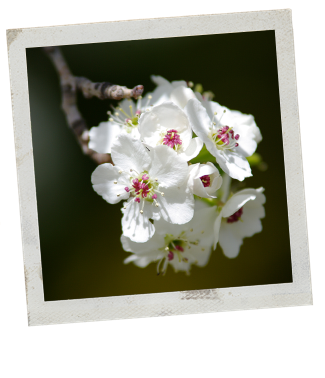Purdue Warns Against Planting Callery Pear Trees

Callery pear—a commonly planted shade tree—is usually in full bloom this time of year. A tree that was once thought to be an ornamental, low-maintenance decoration, Callery pear is now being banned in some states.

The tree may look beautiful from the outsets, but an up-close look shows some varieties are thorny, making it difficult for humans and wildlife to pass unharmed.
While most Callery pear cultivars are sterile, they can produce viable seeds when they mix with a “volunteer” pear tree. For example, a Bradford pear and another Bradford pear cannot produce viable seeds. However, a Bradford pear and a White House pear can produce viable seeds. Due to this cross-pollination, the “volunteer” trees have been self-seeding far too rapidly.
According to Purdue University, the tree easily spreads to forests and parks, where it crowds out native plants at a rate that has earned it a spot on the invasive species list.
Effects of Callery pear are still being studied, but one thing is clear: The caliper problem will not go away without proper management, says Purdue Extension Intern Danny Thomas.
Thomas shares key identifiers to look for in Callery pears:
1. Symmetrical crown shape
2. Branches sometimes thorny
3. Rotting fish scent during flowering in early spring
Despite the foul smell and the weak branches Callery pear cultivars are still being used to replace the American Elm as America's street tree of choice.
Most nurseries have removed the tree from sale floors, but the tree is still available in some areas. Purdue advises against Callery pear's, suggesting native alternatives such as serviceberry, Eastern redbud or flowering dogwood.
More from Weed Wednesday:
> Blue Light: A Proven Weed Destroyer
> Late-Maturing Soybeans Might Reduce Weeds, Based on Research from Illinois
> Giant Salvinia’s Hidden Uses Unlocked by LSU Students







